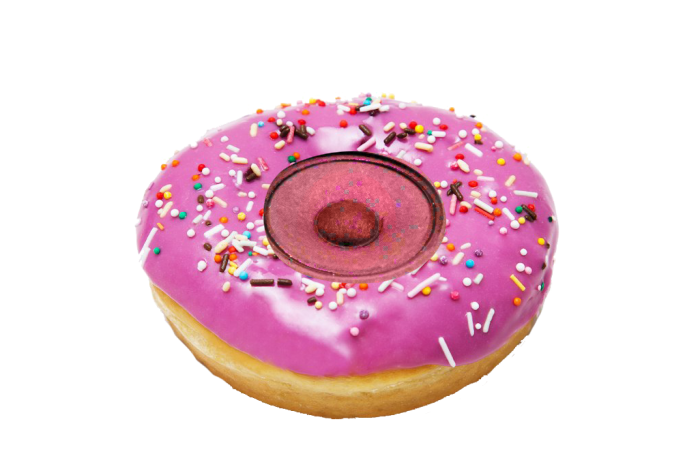By Xander White
The evolution of sound and audio in movies from its origins to the current form is interesting. Movies originally had no recorded sound, relying instead on written text and live music to convey emotions and story details. Early silent films often featured musicians playing in theaters to enhance the audience’s experience. In the late 1920s, the industry transformed with the introduction of synchronized sound, famously marked by The Jazz Singer (1927), the first major film to include spoken dialogue. This ushered in the era of “talkies,” requiring studios to adapt to new recording techniques. However, early microphones were limited in range, and capturing clear, dynamic sound was a challenge. If a scene included a soundtrack, the music had to be recorded live on set. It was difficult coordinating the musicians and the actors in a live setting, which meant scenes often left the music out, leaving behind awkward silences in order to fill these moments. To address this, filmmakers began using sound editing techniques, including re-recording dialogue and adding sound effects in post-production to create a more immersive experience.
One innovation in sound design was the Foley method, developed by Jack Foley in the 1930s. Since microphones often failed to capture subtle background noises, this method recreated everyday sounds in a studio using various props. For example, walking on gravel or tapping shoes on different surfaces mimicked footsteps, while crumpled cellophane simulated fire crackling. This technique remains vital to filmmaking today, ensuring that movements, textures, and environmental sounds feel realistic and engaging. Over time, digital sound technology evolved, which improved surround sound quality. Today, systems create a 3D audio experience, allowing sound to move in multiple directions for a fully immersive effect. Even with AI-driven sound design and advanced digital editing, Foley artists continue to play a key role in making movie soundscapes feel lifelike, blending traditional techniques with cutting-edge technology for the ultimate cinematic experience.
